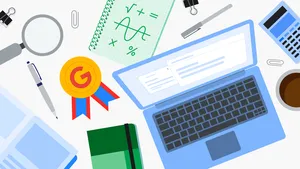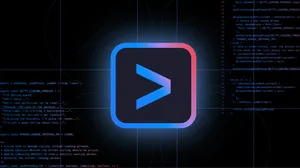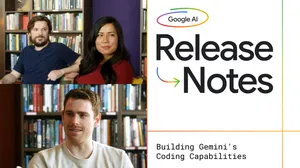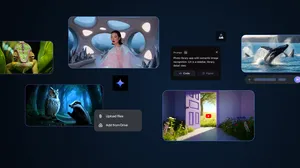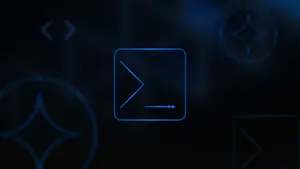How we created this year's I/O save the date puzzle
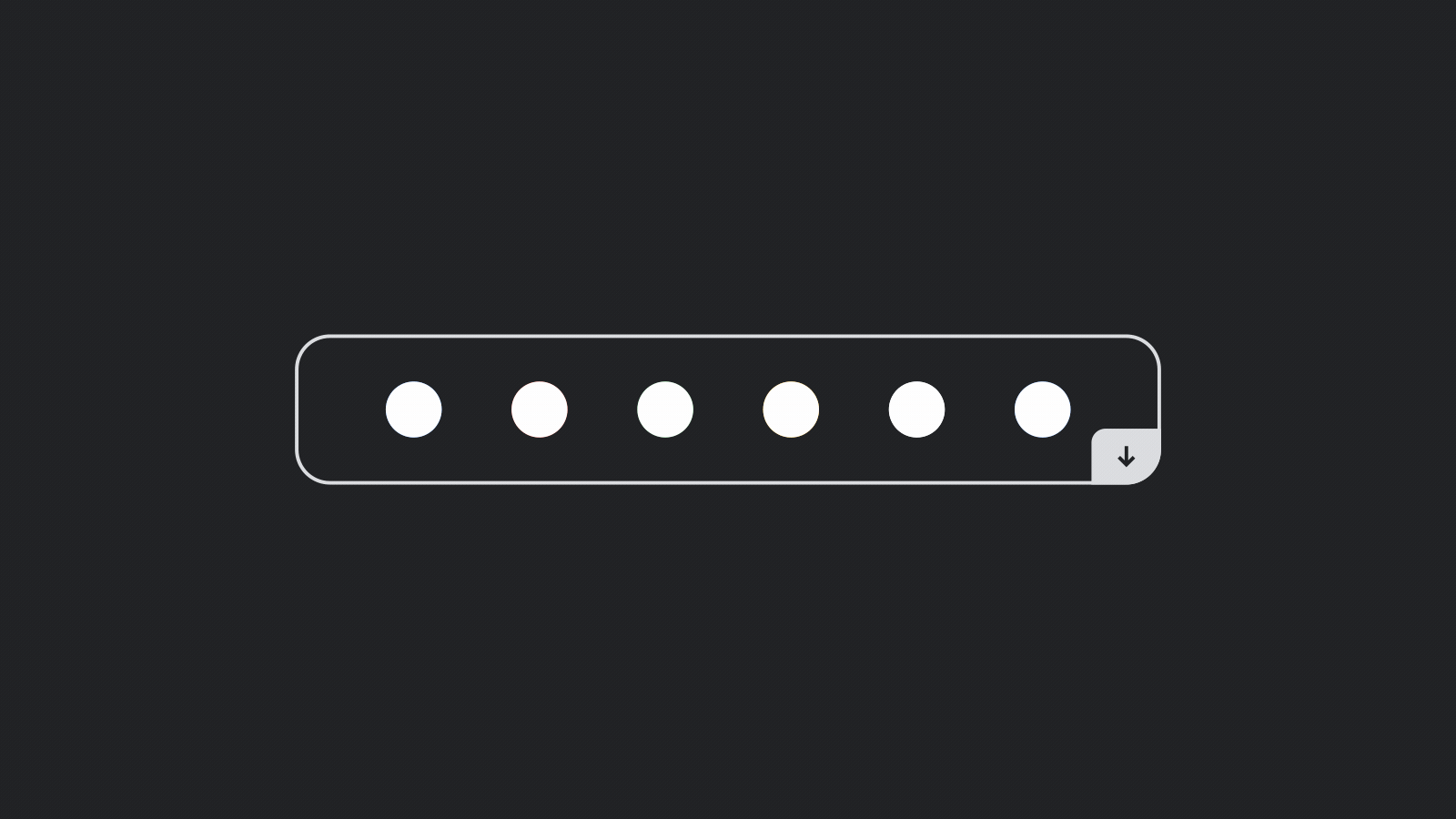
Yesterday, we announced Google I/O 2023 will take place May 10 at Shoreline Amphitheatre in Mountain View in front of a live audience. And keeping with tradition, we did so by releasing a tricky Save the date puzzle designed for developers to solve.
“This year’s puzzle called for players to work asynchronously and use algorithmic thinking and matrix multiplication to solve a series of seven puzzles ranging in difficulty level,” says Kacey Fahey, who’s helping plan I/O this year. And now that they’ve been solved and we all know when I/O is, we can tell you a little about how they came together.
The riddles included two types of puzzles: color and binary-style. In the color puzzles, players interact with toggles, turning them on and off according to guidance from a clue. Each action may create a reaction, and when all colors are toggled on in the correct order, the puzzle is solved. In the binary-style puzzles, players use controls to shift columns and rows in the matrix in a specific order to reach the target end state, similar to a Rubik’s Cube. Each puzzle a player completed unlocked an animated badge, which could be shared on social media to show their progress.
In color puzzles, players toggle colors on and off to solve the puzzle (left). In binary-style puzzles, players shift columns and rows to achieve the final solve (right).

But even if you solved all seven puzzles, there was a twist: For the first time, solving all of them didn’t automatically unveil the date to individual players. Instead, the date was only revealed once enough people from the global community completed all the puzzles.
“Collaboration and connection are a huge part of how developers work,” Kacey says. “We wanted to showcase that through this new component where the date is revealed only after we reached a certain volume of solves collectively. Many inputs were needed to complete the final output.”
When a player solves all seven puzzles, they’ll receive a message about the collaborative nature of the puzzle and how to help unlock the date through more solves.

As players solved individual puzzles, they could observe the progress others were making around the world in a global dashboard, and they were encouraged to invite others to join in and help move the game forward. As more puzzles were completed, the global dashboard started to populate with different colors and patterns, ultimately leading to the reveal of the I/O 2023 date once the threshold of solves was reached.
“And to make sure no one could cut any corners, we manually deployed the date reveal by changing the build, preventing anyone from being able to crawl the code and expose the date,” Kacey says.
The global dashboard displayed visual graphs indicating which puzzles needed more solutions to unlock a layer on the global output. As more individual puzzle solves were completed, more colored dots populated the dashboard.

One of the biggest challenges year after year is getting the difficulty level of the puzzle just right. “We try to strike the right balance between making it challenging enough to entertain our most technical developers while still fun and inviting for everyone else,” Kacey says.
So how did it go? The first individual puzzles were solved within 10 minutes by people on three different continents. “As time progressed, more and more people visited the site, and we saw over 1,000 puzzle attempts within the first two hours,” Kacey says. “This is also when the first person successfully solved all seven puzzles.”
The team released additional hints and progress updates on social media throughout the day to get more people involved and help them solve the puzzles. “By the time the date was revealed about six hours after launch, we had puzzle attempts from people in 162 different countries,” Kacey says.
And now the countdown begins. Register today to stay informed about announcements, launches, and other related events. See you at I/O on May 10!

